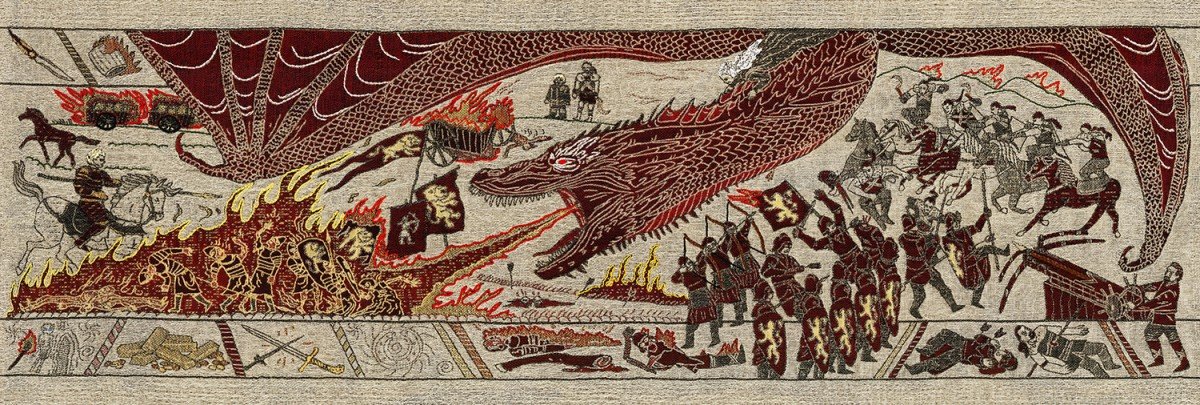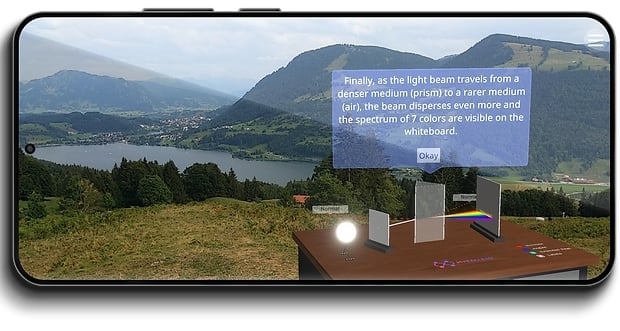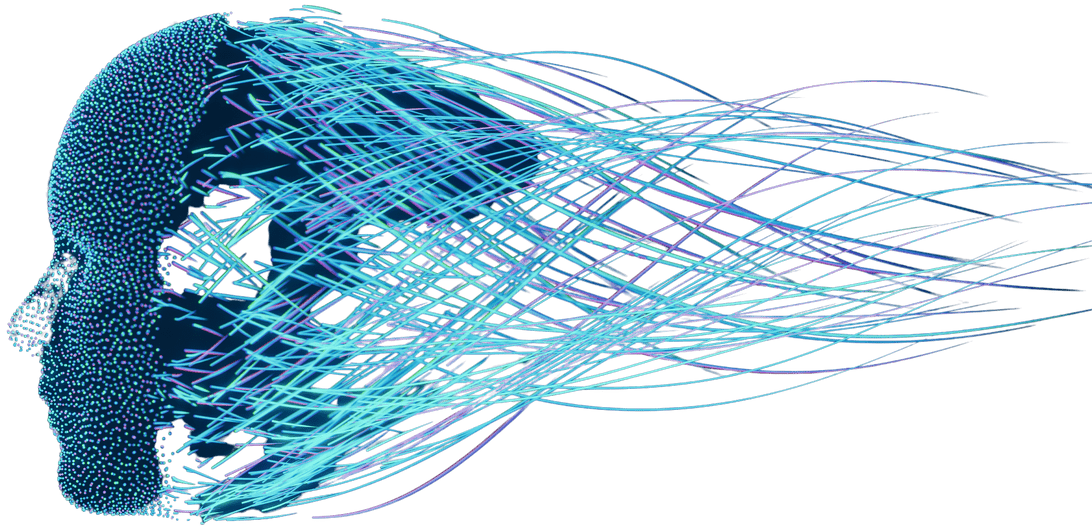
Despite medieval setting – the television series Game of Thrones offers very modern points of contact and possibilities for identification, says educational scientist and psychologist Gerald Poscheschnik. He took a closer look at the plot of the successful series.
The eighth and final season of Game of Thrones has begun – and captivates viewers with a medieval setting, epic battles, dragons and magic. The television series is one of the most successful of the past years and moves the masses. The story is discussed at parties, in blogs, podcasts and newspaper articles – and on the Internet, it is speculated which of the characters will survive the last episode and who will sit on the throne at the end.
Collective Psyche
Game of Thrones is one of the most successful TV series of the past years. Reason for Poscheschnik, director of the Institute for Psychosocial Intervention and Communication Research at the University of Innsbruck, to look at the plot from the perspective of psychoanalysis. His approach: What does the series say about the collective psyche?
The interpretation of films is not unusual in psycho-analytical research. A popular object of investigation, for example, are the films of Alfred Hitchcock, one of the most influential directors of all time. His most successful films – such as Vertigo – offer a great deal of analytical material.
“Psychoanalysis is always interested in the subtext, that is, in topics that are not explicitly addressed. Game of Thrones offers a wonderfully broad field here”, says Poscheschnik. If you penetrate the outer layer, you discover that the series is a mirror of our society. In addition, pop culture is always an expression of a zeitgeist, sometimes even a catalyst, and that is shown very well by Game of Thrones, according to the scientist.
Success Criteria
First of all, the series meets all the criteria that distinguish successful series: The audience is offered a very dense carpet of narrative strands. The characters are credible in their ambivalence. They are neither clumsy nor evil and complete a developmental arc. The tension also remains high: “You want to know how things will continue”, says Poscheschnik.
Negated
Spatially, the plot comprises three locations. Central to the plot is Westeros, the main continent, which has a European medieval character. In the north, a danger lurks, which is dismissed by the inhabitants as a fairy tale. They are the so-called White Walkers, zombie-like figures. Protection from the White Walkers is provided by a wall of ice that is considered insurmountable. To the east, Westeros is separated from the neighbouring continent of Essos – a place full of wonder and magic – by a sea. Here lives the former ruling family of Westeros, who were expelled from their homeland and here the last heir to the throne of the dynasty prepares her return.
Unconscious
Poscheschnik locates unconscious things in the scenes and strands of action that also shape contemporary society. “Westeros is the world in conflict, in decline, symbolized by the death of the king. There is war here, there is intrigue, murder here, even supposedly noble characters cannot do much here and die in the series”, he explains. In our contemporary culture, too, subjective insecurity is increasing, and societies are being divided. It is not the ostensible plot that can be transferred to modern Western society, but the group dynamics and the mood.
Repressed
The ridiculed danger in the north embodies the repressed. Warner’s are not taken seriously until the danger is immediate. “This is a collective process”, says Poscheschnik, “the individual is powerless to do anything and ignores the danger”. For the scientist, comparisons with real threats, such as climate change, are obvious. Its danger, too, has long been negated.
Hope
Essos, on the other hand, embodies hope. The queen who wants to restore order comes from there.
“Essos is a projection screen for the hope of a positive turn, of a solution to conflicts and a defense against danger. In times of fear and crisis, hope always emerges and also serves to carry us beyond the bad and to comfort us – also a form of self-deception, similar to repression”.






